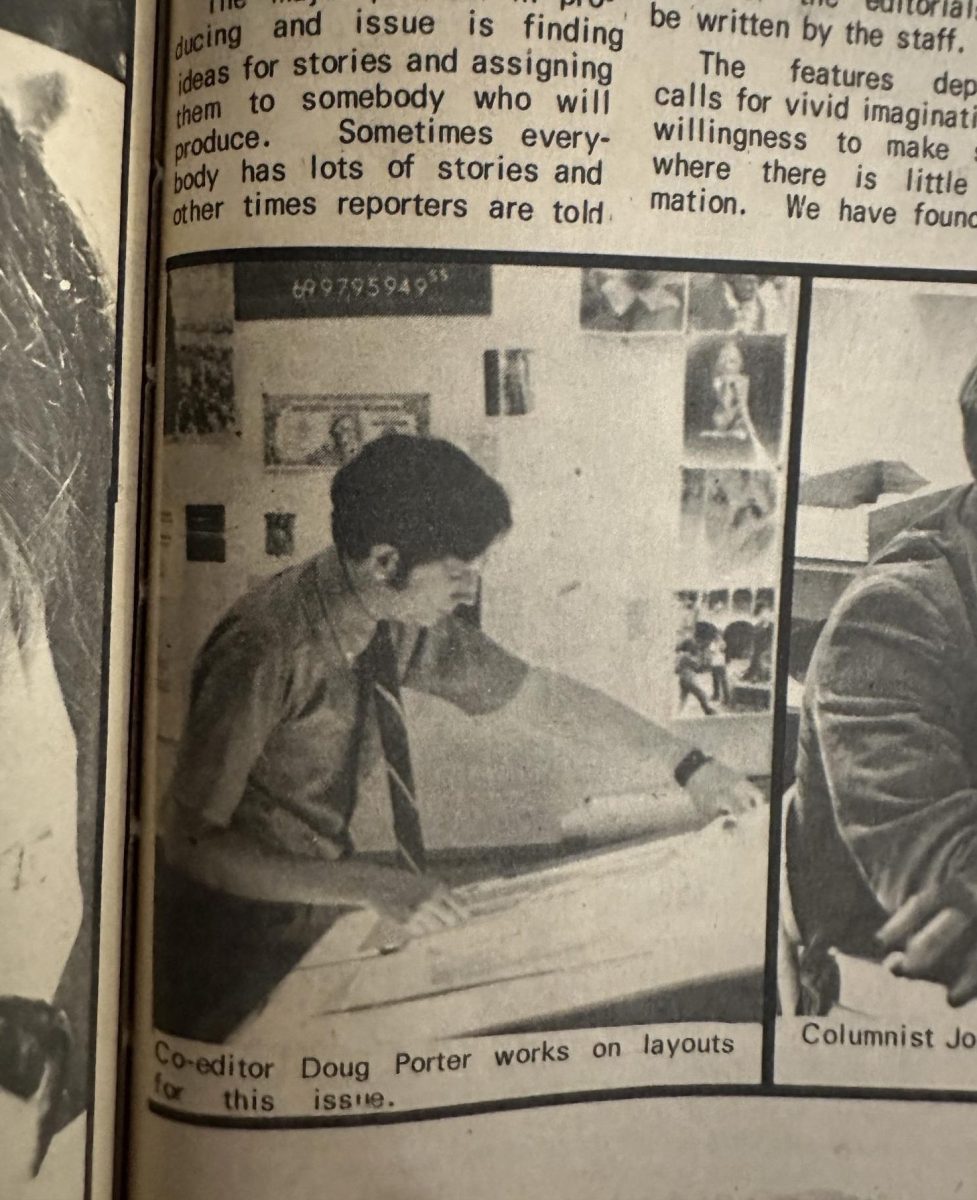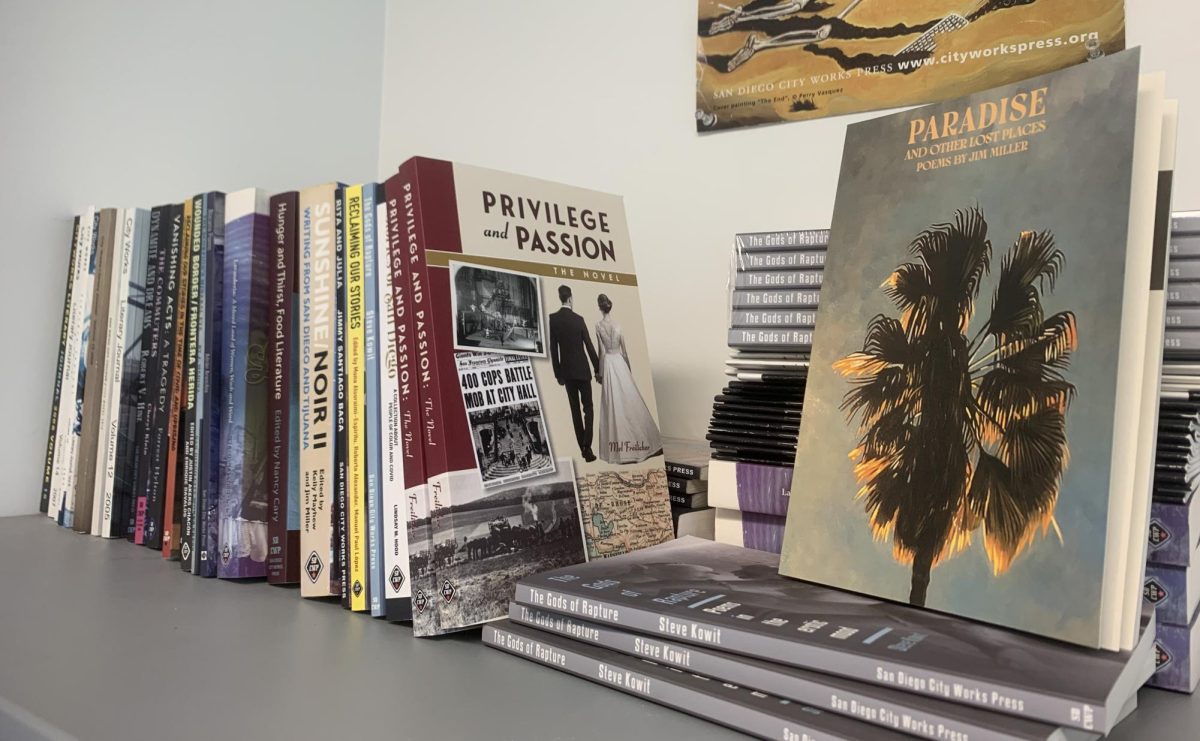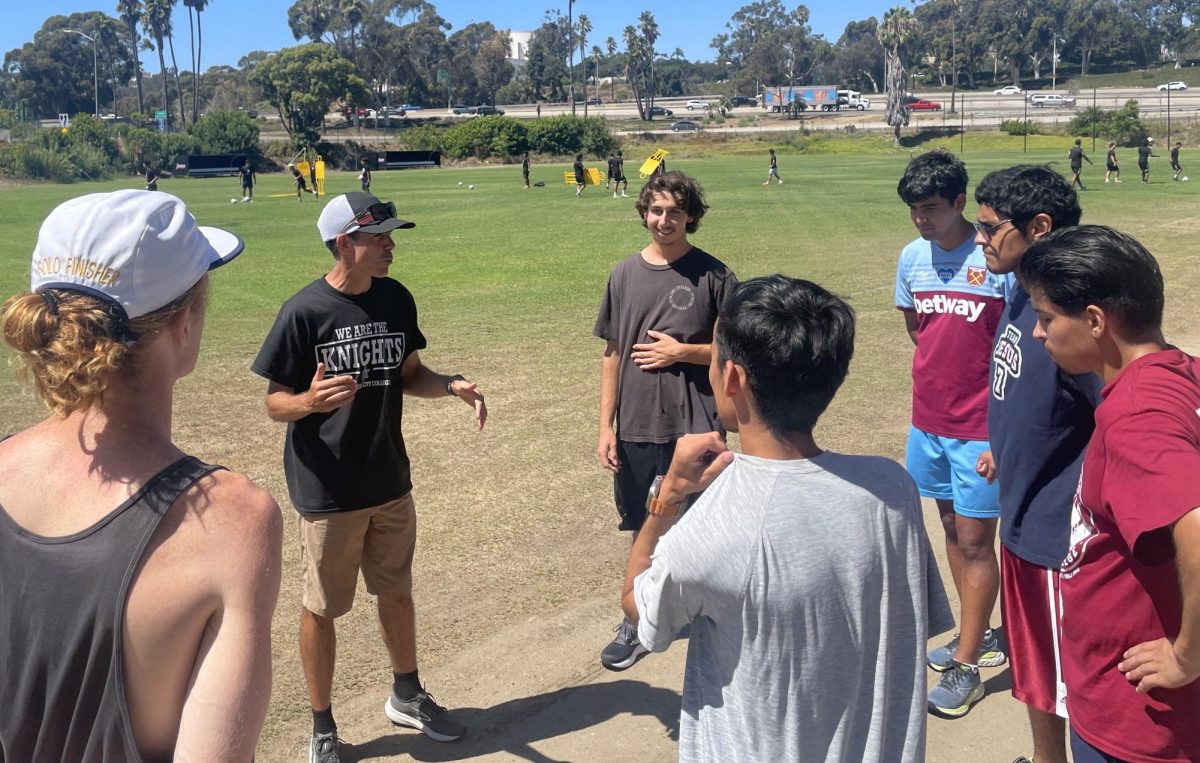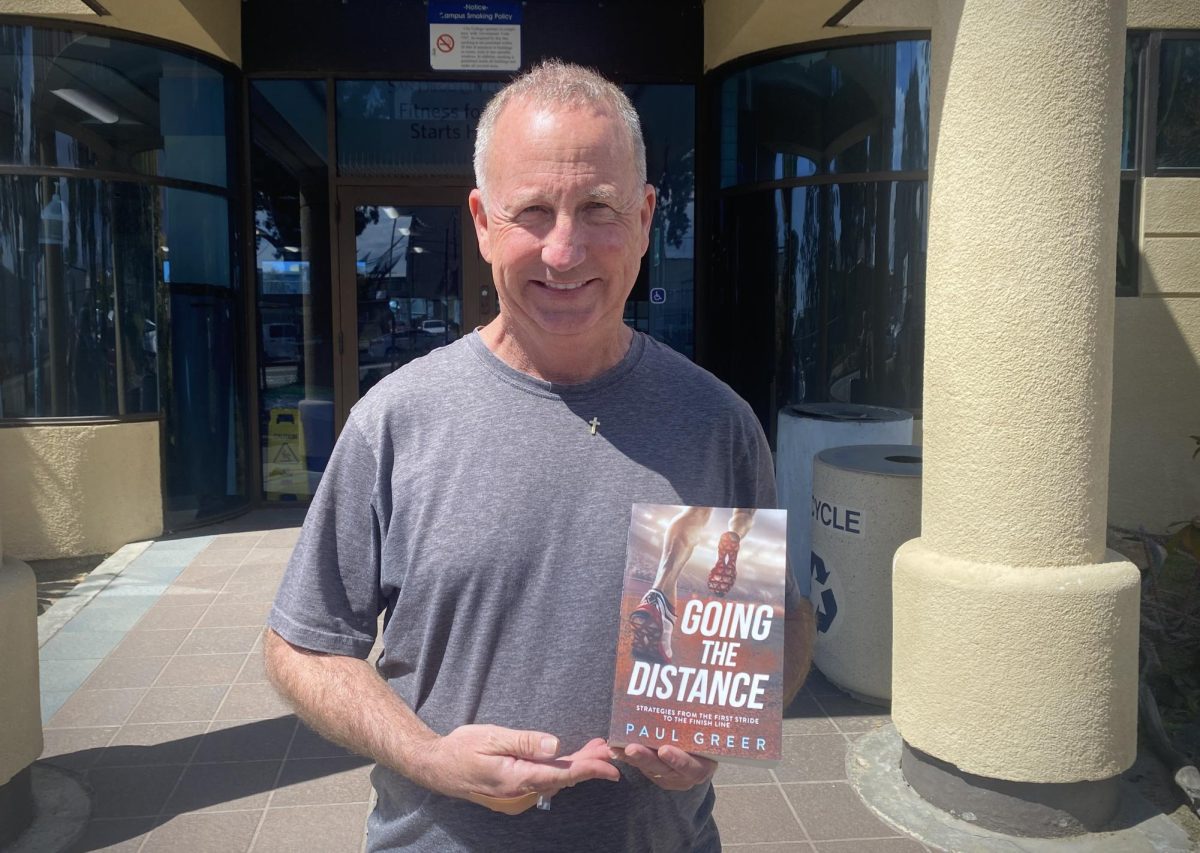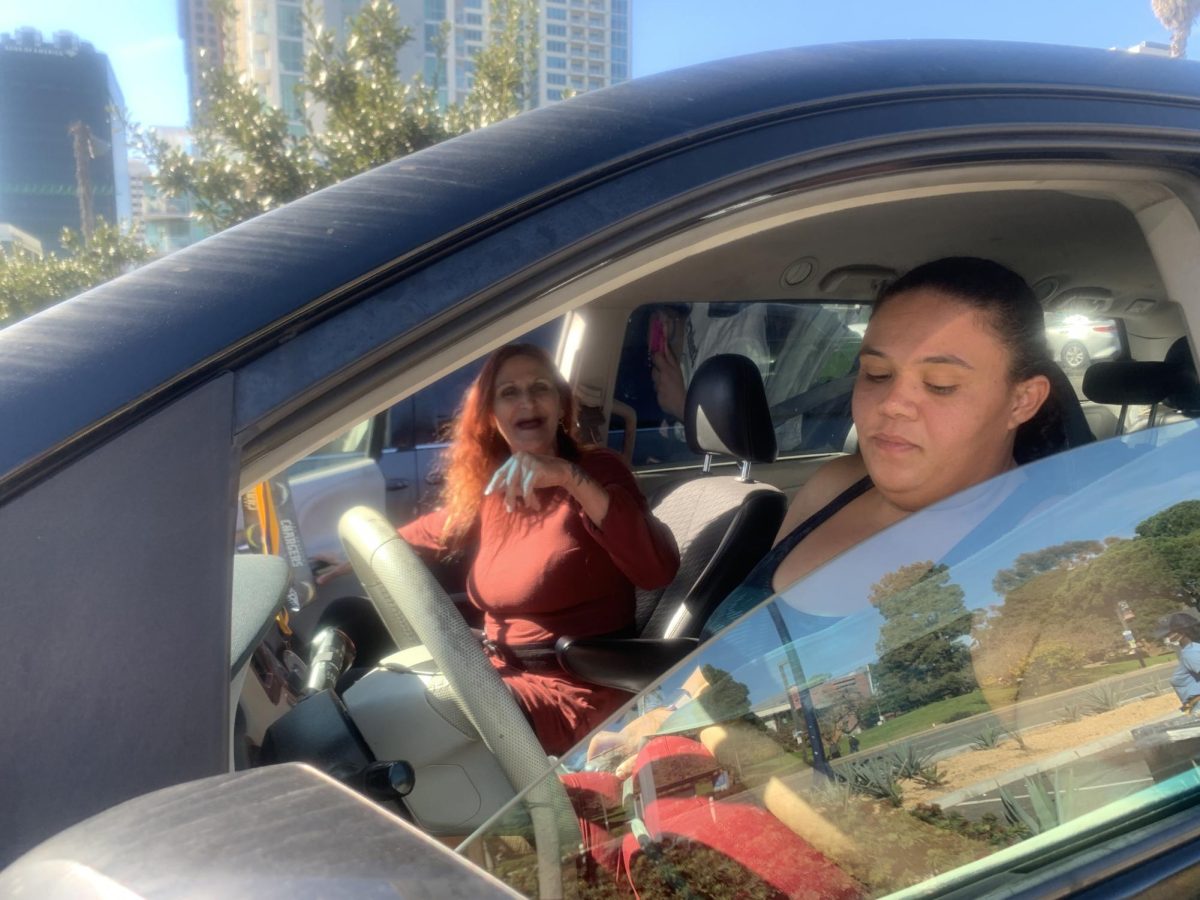SUSAN RODEN
City Times
The journey to the unfamiliar country was great, with many miles traveled from home. The destination, San Diego City College, is the road of opportunity to her future.
It was a long 32 hours for international student Lize Mesquita to travel from Brazil to a country with different language, food and culture after leaving her family and home life behind.
SDCC received eligibility to host international students on August 27, 1970. Currently, there are 49 international students in comparison to a student body of more than 15,000, according to International Student Specialist Dora Meza. Admission requirements are stringent, time consuming and necessitate validation of many facts.
A two-page application, photograph and $100 deposit starts the admittance process. Official transcripts need to be presented in English or accompanied with a notarized academic credential evaluation form. When asked about the low minimal high school standard GPA (grade point average) of 2.0 on the transcripts, Yasenia Gonzales, City counselor, said the majority score much higher.
“These students are very ambitious and the sky is the limit,” said Gonzales, who noted international students typically aspire and successfully transfer to big-league colleges after attaining an associate degree from City.
Locally touted as the inexpensive primary route to a higher education, students pay $20 a credit hour and can be enrolled part or full time. Yet international students incur, with inclusion of living expenses, an estimated $17,500 worth of costs for a school year and must maintain full-time status. Housing is not provided, which leaves the international student to locate one’s own in a foreign country.
Mesquita discovered City College on the internet and was immediately attracted to the program, noting a similarity between San Diego and her hometown, Fortaleza. Both are sunny coastal cities.
Fortaleza is located at the northeast corner of Brazil, in the state of Ceara. The population is well over 3 million and revered for its urban beaches.
With Portuguese as her native tongue, Mesquita needed to demonstrate the ability to speak and comprehend English on a college level. City College requires international students to pass the Test of English as a Foreign Language (TOEFL) for admittance, unless a college-level English composition course was passed in the U.S.
In an unrelated program to attain language proficiency, Mesquita lived with three different host families in Pennsylvania for one year prior to relocating to San Diego. She said it was “the worst year of my life” after experiencing severe cultural shock and drastic environmental changes, yet “did not want to quit for felt I then had lost.”
Once accepted at SDCC, Mesquita had to obtain a student visa from the U.S. Embassy in Brazil. Again, proof had to be presented to reflect her acceptance as a full-time student in an approved school, proficient in English, proof of complete funds for educational and living expenses and have permanent residence abroad with no intentions of giving it up. A wait of five months passed before the appointment date, and Mesquita then stood in line for hours before receiving eligibility for her student visa.
Many international students experience cultural shock and homesickness after arriving at school. Gonzales said it takes a specific type of student to be in the program and discovered most stick together for emotional support. While overcoming obstacles, 60 percent to 70 percent of the enrolled earn an associate degree with many transferring to achieve a higher degree.
Close to graduating after two years, Mesquita’s goal is to pursue a business degree at San Diego State University. As for the English language, she said she understands a lot and her writing is getting better regardless of the heavy lingering accent. She said she felt her experience fulfilled the passion to travel, enabled to accept more responsibility and earned greater insight into life.
“When you leave your country, you open up your mind,” Mesquita said.

